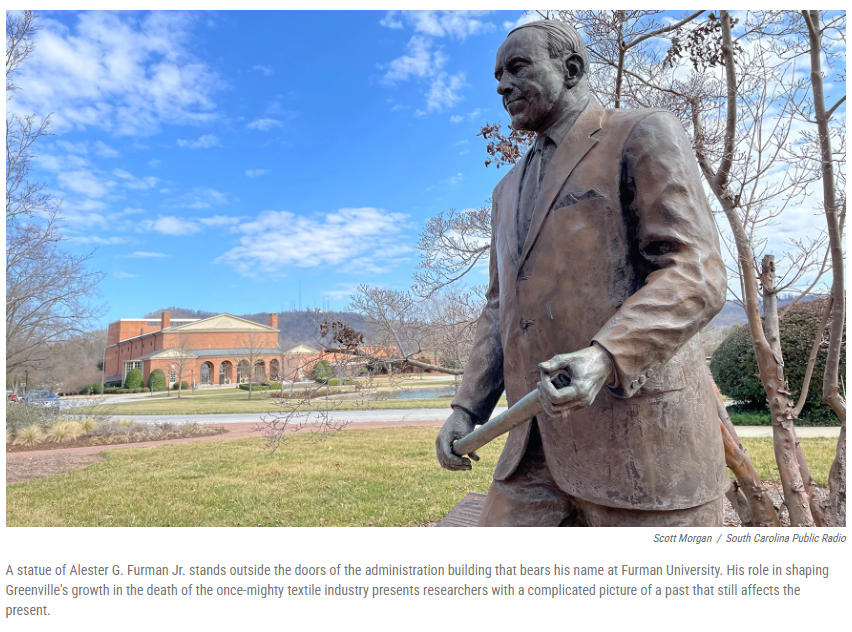National Park Service Announces Addition of Seven New Sites to Reconstruction Era National Historic Network
WASHINGTON — The National Park Service recently announced the addition of seven new sites to the Reconstruction Era National Historic Network. This national network connects sites across the country who provide education, interpretation and research related to the period of Reconstruction. The Reconstruction Era (1861-1900) is one of the most fascinating and misunderstood periods in American History and includes stories of freedom, education and self-determination.
“The Reconstruction Era National Historic Network and the addition of these sites ensure that the National Park Service is telling the full American story,” said National Park Service Director Chuck Sams. “This network showcases resilience and I’m proud of how it has grown since its creation 5 years ago, with 114 sites nationwide.”
“These historic districts, parks, churches, digital programs, and sites of military emancipation tell a broader story of Reconstruction,” said Park Superintendent Laura Waller. “The Reconstruction Era National Historic network provides opportunities for visitors to connect to our diverse history.”
The new community sites added to the network this quarter are:
- The Africatown Historic District near Mobile, Alabama is dedicated to the interpretation of the story of the Clotilda, its survivors, and the establishment of the Africatown freedman’s settlement in the wake of Emancipation in Alabama.
- The Old Cahawba Archaeological Park in Orrville, Alabama is a park situated on top of the ruins of Alabama’s first capital. After the Civil War it was a thriving Black community, and the site works to preserve and interpret this Reconstruction era story.
- Freedom’s Frontier Heritage Area tells the stories and builds awareness of the settlement of the western frontier in Kansas and Missouri, and the enduring struggle for freedom during and after the Civil War.
- Lowndesboro First Missionary Baptist Church is part of the Lowndesboro Historical District in central Alabama. It served as a church and school for the Black citizens of Lowndesboro during the Reconstruction Era.
- St. John’s AME Church in Norfolk, Virginia was as a mission for free and enslaved Black Americans. During Reconstruction it was a center of Black community life in the Norfolk area. It remains an active congregation and houses an archive and exhibit space highlighting the history of Black Americans in the region.
- The Campground Historic District in Mobile, Alabama was initially a Confederate Army camp during the Civil War. But after emancipation it became a thriving Black community, and this historic Reconstruction era neighborhood was listed on the National Register in 2005.
- The Ernest F. Hollings ACE Basin National Wildlife Refuge located near Adams Run, South Carolina is managed by the US Fish & Wildlife Service. Within the refuge is the Grove Plantation, which was a major rice plantation along the Edisto River. In 1863, the 1st South Carolina liberated enslaved people from Grove Plantation during the raid on Willtown Bluff.
The John D. Dingell, Jr. Conservation, Management, and Recreation Act outlined the creation of the Reconstruction Era National Historic Network in 2019. This network, managed by Reconstruction Era National Historical Park, includes over 100 sites and programs that are affiliated with the Reconstruction Era. Today’s announcement builds on the significant investments and recognition that have occurred to honor Black history during the Biden-Harris administration.
For more information about the Reconstruction Era National Historic Network, visit https://www.nps.gov/subjects/reconstruction/network.htm.
For more information about Reconstruction Era National Historical Park, visit www.nps.gov/reer or follow on Facebook at www.facebook.com/ReconstructionNPS.



